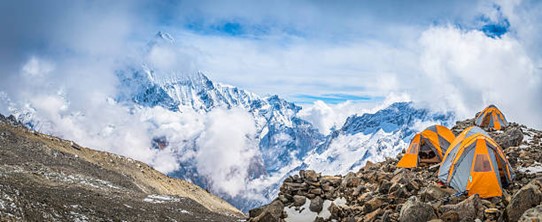Religious Beliefs in Nepal From Hinduism to Buddhism
Religious Beliefs in Nepal From Hinduism to Buddhism


Religious beliefs in Nepal? Nepal, a small and beautiful South Asian country, is like a treasure trove nestled between giant mountains with limited total population. Home to the world’s highest peak, Mount Everest, Nepal is a land of stunning landscapes, diverse cultures, and warm-hearted people.
Imagine lush green valleys, where terraced fields paint a patchwork quilt, and rivers flow gracefully through the hills. Nepal is not just about mountains; it’s a canvas of natural beauty. In Kathmandu’s capital city, history comes alive with ancient temples, palaces, and vibrant markets. The air is filled with the scent of incense, and colorful prayer flags flutter in the mountain breeze.
Nepal is a melting pot of cultures where Hinduism and Buddhism coexist harmoniously. The people, known for their friendliness, celebrate festivals with joyous enthusiasm. Trekking enthusiasts find their paradise here, with trails that take you through rhododendron forests, charming villages, and high mountain passes.
The country’s charm extends to wildlife, with rare species like the elusive snow leopard and the one-horned rhinoceros finding refuge in its national parks. The simplicity of life, the spiritual ambience, and the breathtaking views make Nepal a unique destination, leaving an inseparable mark on the hearts of those fortunate enough to explore its wonders.
PLAN OF THE ARTICLE :
- Percentage of the repartition of the religions in Nepal
- What are the religions in Nepal? : History
- List of the religions in Nepal
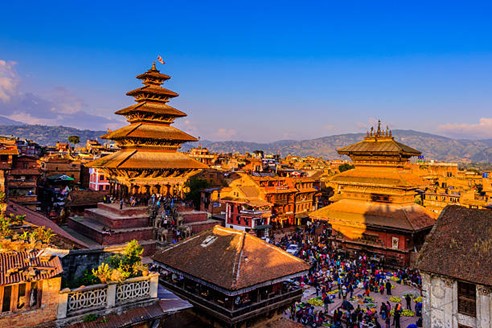
Nepal is a diverse and culturally rich country, and its religious landscape reflects this diversity. The main religion in Nepal is Hinduism, which has a significant influence on Nepali society and daily life. In fact, Nepal was once a Hindu state and Hinduism remains the dominant religion, with the majority of people identifying as followers of Hinduism. The country’s interim constitution, and later the Nepali constitution, has provided protection for the Hindu religion and religious practices.
In addition to Hinduism, Buddhism also holds a special place in Nepali society. Nepal is the birthplace of Lord Gautam Buddha, the founder of Buddhism, and is home to important Buddhist sites such as Lumbini, the birthplace of Buddha, and Swayambhunath and Boudhanath stupas. Furthermore, Tibetan Buddhism, particularly the practice of Vajrayana Buddhism, is prevalent in Nepal, and the country hosts numerous Buddhist monasteries and religious ceremonies.
Theravada Buddhism also has a significant presence in Nepal, and the country has been a safe haven for Tibetan refugees, including Tibetan Buddhists, due to its historical and cultural ties with Tibet. The presence of Buddhist monks, spinning of prayer wheels, and the vibrant religious life of Tibetan Buddhists contribute to the beautiful tapestry of religious freedom and cultural heritage in Nepal.
In recent years, Nepal has made efforts to promote religious harmony and protect the diverse religious groups within its borders. The government of Nepal has recognized the importance of international religious freedom and human rights, and has taken steps to ensure the protection of religious practices and beliefs. However, there have been concerns about legal impediments and the heightened risk of persecution for certain religious groups in the country.
Overall, Nepal’s religious landscape is a reflection of its diverse culture and history, and the coexistence of Hinduism and Buddhism has contributed to the country’s status as an important center of religious and cultural world heritage.
Looking for more information about Nepal ?
– What to do in Katmandu
– Religion in Nepal
– Mountain in Nepal
– Annapurna trekking Nepal
– Thing to do in Pokhara Nepal
Just type the topic you are looking for in the search bar
Religious Beliefs in Nepal
Hinduism: Approximately 81.3%
Buddhism: Around 9%
Islam: Roughly 4.4%
Kiratism: About 3.1%
Christianity: Around 1.4%
Other religions and unspecified: Approximately 0.5%
It’s important to note that Nepal is a diverse and multicultural country, and religious demographics can vary across regions and communities. The percentages provided are based on available data at the time, and the actual figures may have evolved since then. For the most current and accurate information, it’s advisable to refer to updated demographic studies or official sources.
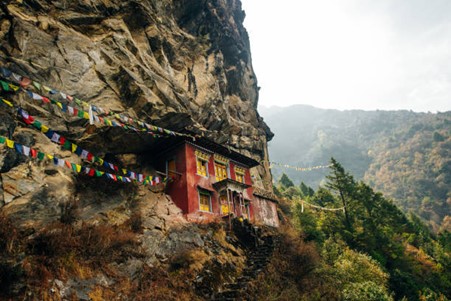
What are the religions in Nepal? : History
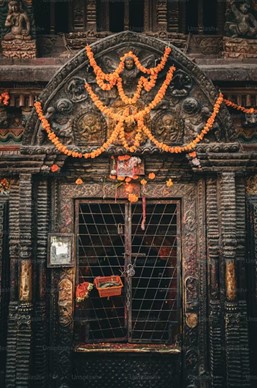
Ancient Civilization:
– Nepal has a rich history dating back to ancient times. Evidence suggests early human settlements in the Kathmandu Valleyaround 3000 BCE.
Influence of Hinduism and Buddhism:
– In the 5th century BCE, Hinduism and Buddhism emerged, influencing Nepal’s cultural and religious landscape. Lumbini, the birthplace of Lord Buddha, is a sacred site in the country.
Malla Kingdoms:
– The medieval period saw the rise of the Malla kingdoms, with cities like Kathmandu, Patan, and Bhaktapur flourishing as centres of art and architecture.
Unification by Prithvi Narayan Shah:
– In the 18th century, King Prithvi Narayan Shah started a campaign to unify small principalities into a single kingdom. This marked the formation of modern Nepal.
Anglo-Nepalese War:
– The early 19th century witnessed the Anglo-Nepalese War (1814–1816) between the British East India Company and Nepal. The Treaty of Sugauli defined the current borders.
Rana Rule:
– The Rana dynasty ruled Nepal for much of the 19th and early 20th centuries. This period was marked by autocratic rule and limited contact with the outside world.
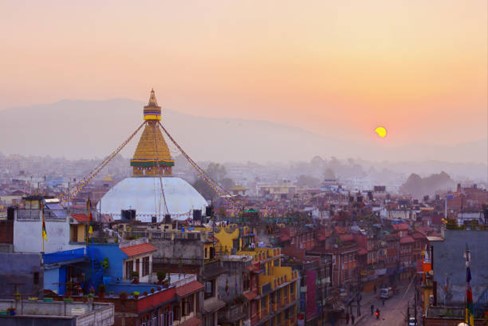
End of Rana Rule:
– In 1951, the Rana rule ended following political movements, and King Tribhuvan was reinstated. This marked the beginning of constitutional monarchy.
Democracy Movement:
– The 1990 People’s Movement established a multiparty democratic system, ending the absolute monarchy and introducing a constitutional monarchy.
Maoist Insurgency:
– The late 20th century and early 21st century saw the Maoist insurgency, a conflict between the government and Maoist rebels. The Comprehensive Peace Accord in 2006 brought an end to the conflict.
Constitutional Monarchy to the Federal Democratic Republic:
– In 2008, Nepal abolished the monarchy, declaring itself a federal democratic republic. The Constituent Assembly drafted a new constitution, establishing Nepal as a secular state and inclusive state.
Today, Nepal stands as a nation with a unique blend of ancient traditions and modern aspirations, continuing to evolve while preserving its cultural heritage.
List of the religions in Nepal
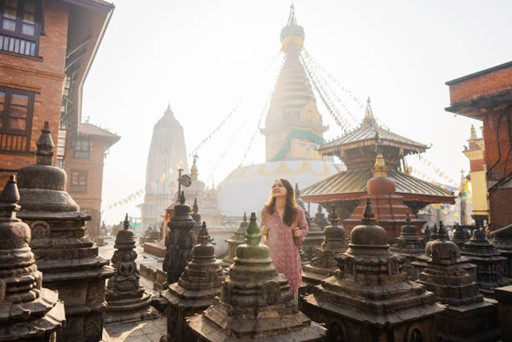
Hinduism
– Predominantly, Hinduism is the major religion in Nepal. The majority of the population adheres to Hindu beliefs and practices.
Buddhism:
– Buddhism has a significant presence, with many Nepalese following the teachings of Siddhartha Gautama, who was born in Lumbini, Nepal. Buddhism coexist harmoniously with Hinduism.
Indigenous Beliefs:
– Various indigenous ethnic groups in Nepal follow their traditional belief systems, often rooted in animism and shamanistic practices. These diverse practices contribute to the cultural beliefs of the country.
Islam:
– Islam has a minority but significant presence in Nepal, particularly in the southern Terai region. Muslims in Nepal practice Islam in a manner influenced by the multicultural context.
Christianity:
– Christianity is a minority religion in Nepal, with followers mainly found in urban areas. The Christian community includes various denominations, contributing to the religious diversity.
Sikhism and Jainism:
– While Sikhism and Jainism have smaller communities in Nepal, they contribute to the mosaic of religious diversity. Temples and gurudwaras exist, particularly in urban centres.
Bön:
– Bön is an ancient Tibetan Buddhism religion that also finds followers in some areas of Nepal. Bön practices often intertwine with local customs and traditions.
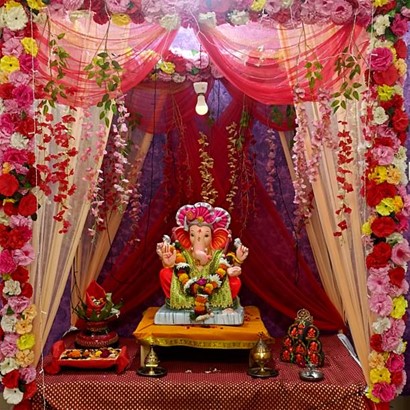
Religious Syncretism:
– Nepal is characterized by religious syncretism, where people often incorporate elements from multiple faiths into their practices. Festivals, rituals, and traditions showcase this blending of beliefs.
Interconnected Religious Sites:
– Nepal is home to various sacred sites revered by multiple religions. Lumbini, associated with the birth of Buddha, and Pashupatinath, a major Hindu temples, establish the interconnectedness of religious landmarks.
Tolerance and Coexistence:
– Religious tolerance is a fundamental aspect of Nepalese society. The constitution guarantees freedom of religion, fostering an environment where different faiths peacefully coexist.
Cultural Festivals:
– Festivals play a vital role in showcasing Nepal’s religious diversity. Celebrations like Dashain (Hindu), Tihar (Hindu), Buddha Jayanti (Buddhist), and Christmas (Christian) are observed with enthusiasm across the country.
Nepal’s religious area is a mosaic of beliefs, reflecting the country’s multicultural and pluralistic identity. The coexistence of various religions has contributed to the rich types of traditions, festivals, and cultural expressions that define Nepal.
Wrap up
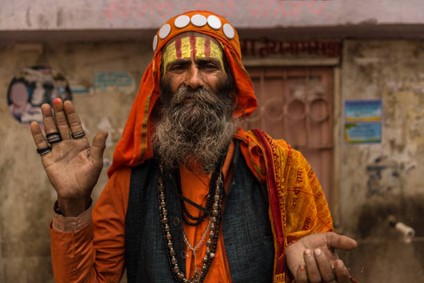
The religious landscape of Nepal is a harmonious symphony of diverse beliefs, a testament to the nation’s rich cultural variety and tolerance. The coexistence of Hinduism and Buddhism as major religions, alongside indigenous practices, Islam, Christianity, Sikhism, Jainism, and Bön, illustrates Nepalese society’s inclusive spirit.
The interconnectedness of religious sites, such as Lumbini and Pashupatinath, establish the shared relation for sacred places regardless of specific faith. Nepal’s religious beliefs extend beyond mere tolerance; they profoundly accept diverse beliefs, fostering an environment where different religious communities peacefully coexist.
The cultural fabric of Nepal is woven with threads of spirituality, evident in the vibrant celebrations of Dashain, Tihar, Buddha Jayanti, and Christmas, among others. These festivals mark religious observances and serve as occasions for communities to unite, building religious boundaries.

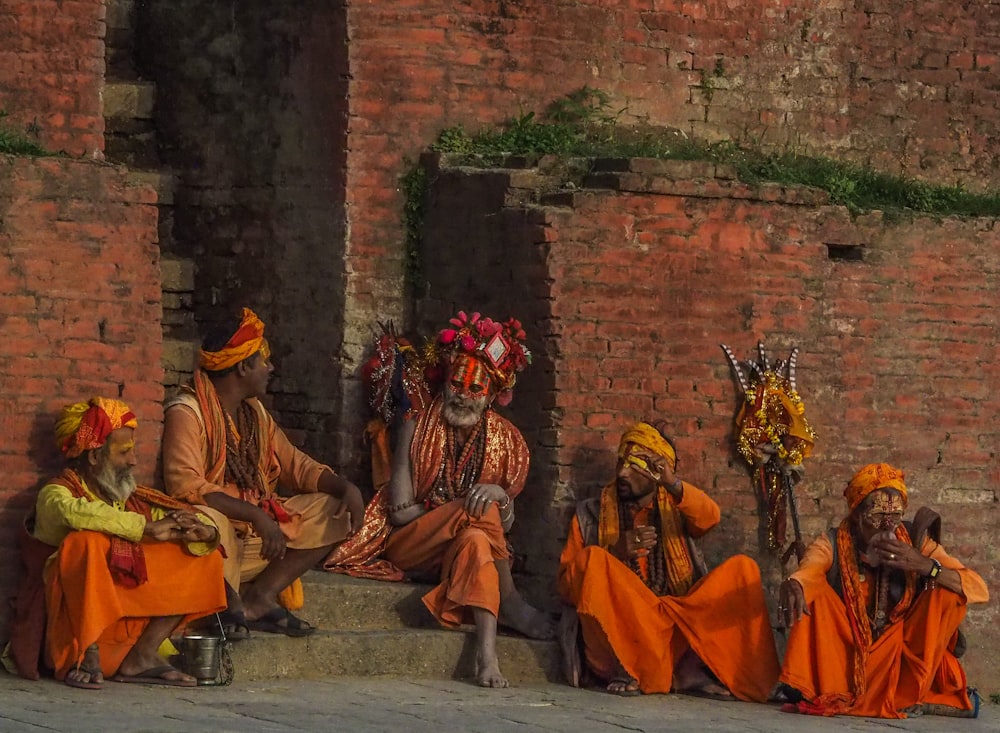

![Backpacking Nepal Travel Guide: Tips from Pros [2025]](https://funkyfreshtravels.com/wp-content/uploads/2024/05/pexels-vome-6102867-768x512.jpg)
